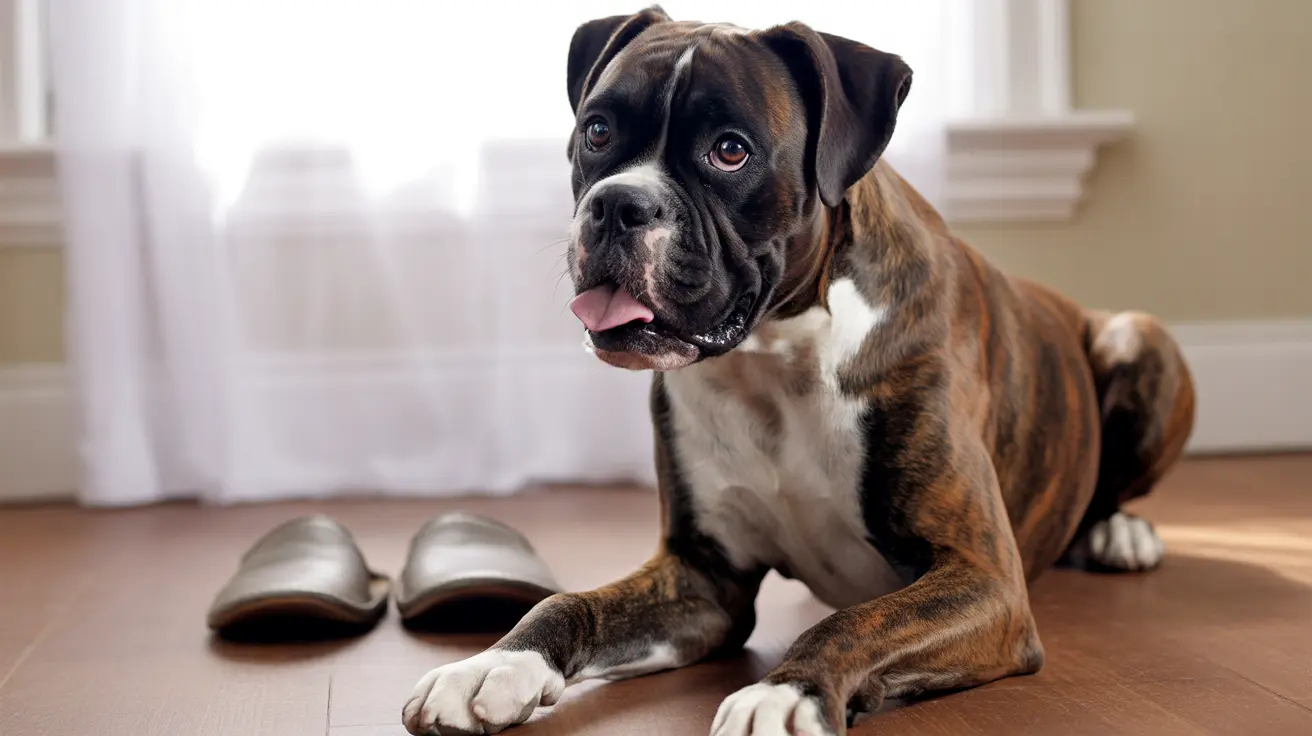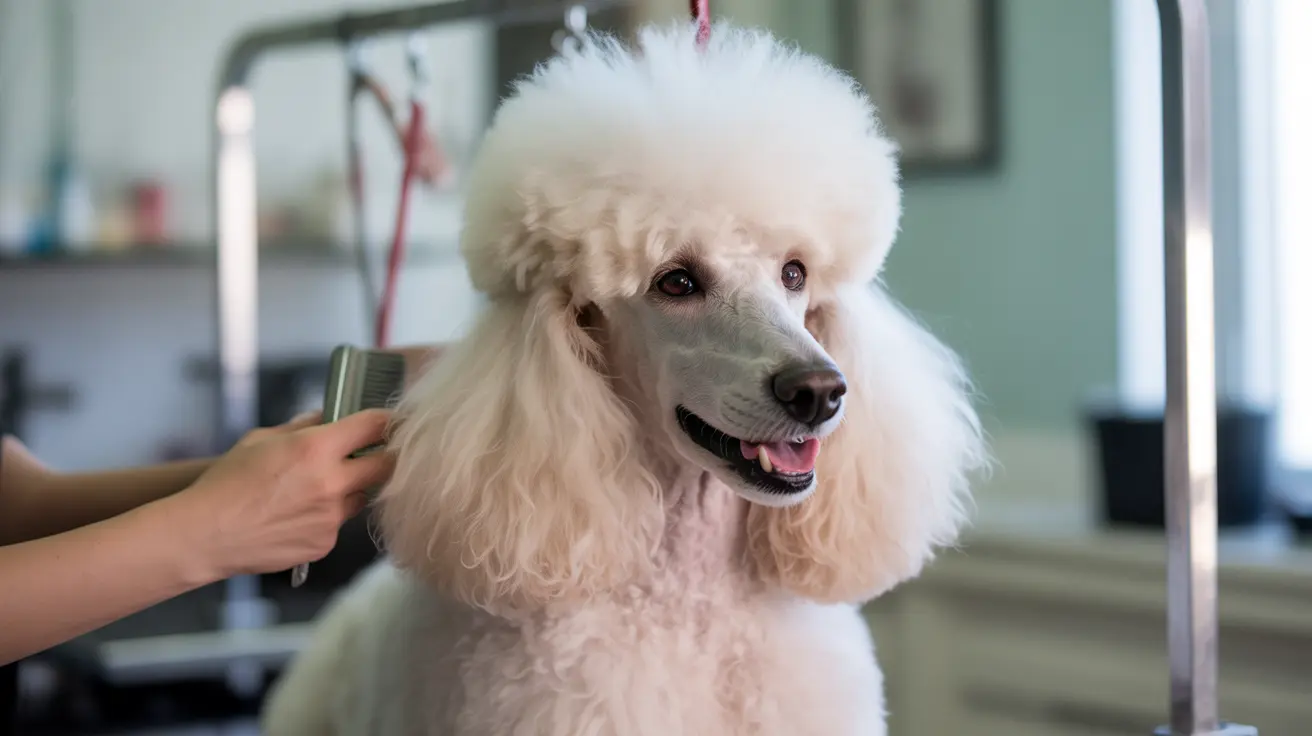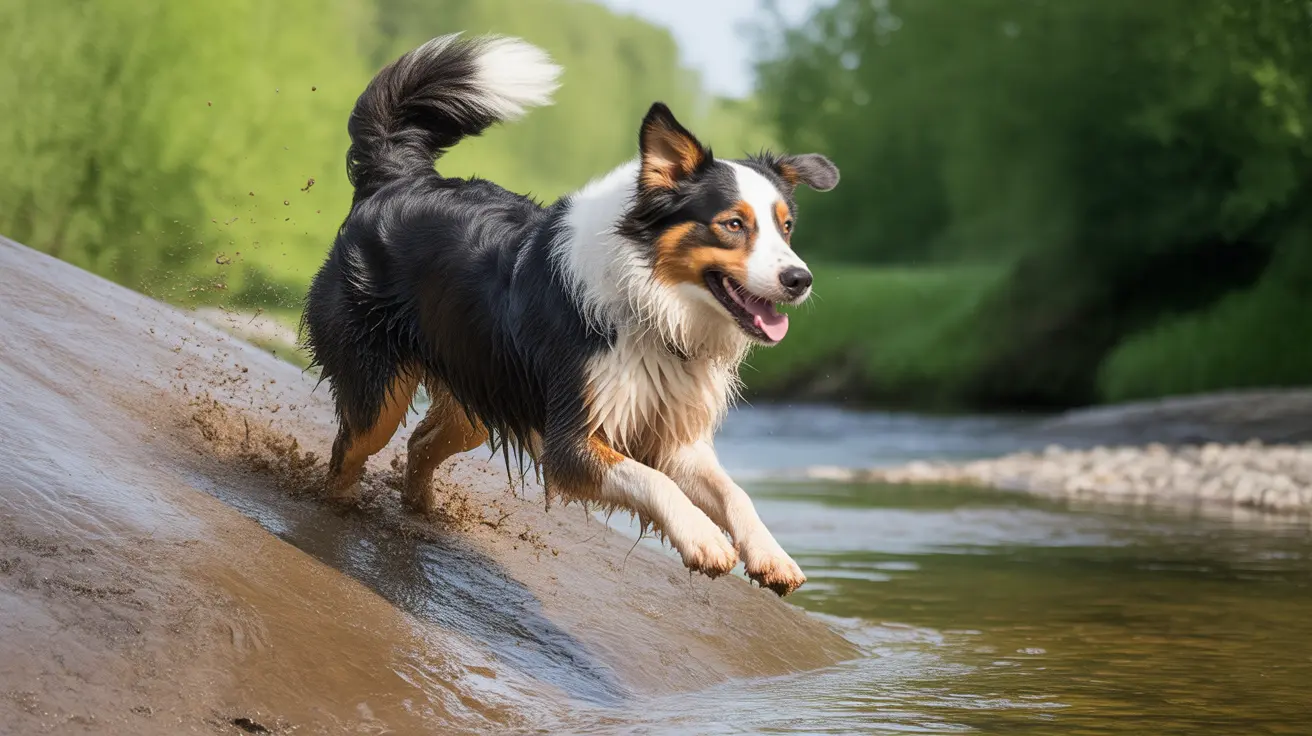How to Show Your Dog You Are the Alpha Through Effective Leadership
Many dog owners wonder how to demonstrate alpha leadership in a healthy, effective manner. Contrary to outdated methods based on dominance and intimidation, modern dog training emphasizes positive reinforcement, clear communication, and respectful relationships. Establishing leadership isn't about overpowering your dog—it's about creating trust and guiding them consistently.
1. Begin with Early Training and Socialization
The best time to establish leadership is during your dog's puppyhood. At this stage, dogs are more receptive to learning and are forming lasting impressions of the world. Early socialization ensures your dog becomes confident in diverse environments and around different people and animals.
- Expose your puppy to different stimuli like sounds, surfaces, and places.
- Encourage calm and controlled reactions using rewards.
- Use every interaction as a learning opportunity to communicate expectations.
2. Teach and Reinforce Basic Obedience
All dogs need to understand and respond to basic commands such as:
- Sit
- Stay
- Come
- Heel
These commands help you guide your dog’s behavior and develop mutual understanding. Use treats, praise, or toys to reward correct behavior, reinforcing the bond between leadership and positive outcomes.
3. Show Consistency and Fairness
Leadership comes from consistency. Always maintain clear expectations by:
- Having routines for feeding, walks, and playtime.
- Setting boundaries and not making exceptions.
- Using the same verbal cues and gestures.
Dogs thrive when they understand your rules, and consistency reinforces your role as a trustworthy guide.
4. Encourage Controlled Alert Behavior
If you’re working with a guard or protection dog, it’s especially important to nurture alertness over aggression. This means:
- Rewarding your dog when they bark appropriately (e.g., when someone enters your property).
- Teaching them to bark on command and cease barking on cue.
- Preventing overreactive or fearful behavior through training and exposure.
5. Avoid Harsh Discipline or Fear-Based Training
Attempting to assert dominance through physical punishment or intimidation can backfire, leading to fear, disobedience, or even aggression. True alpha leadership is shown by:
- Building trust and security.
- Rewarding desirable behavior.
- Correcting unwanted actions calmly and redirecting focus.
6. Supervise and Structure the Environment
An alpha figure keeps the environment safe and structured. Never give your dog reason to feel they must take charge by:
- Keeping your home secure and predictable.
- Guiding interactions with strangers humanely.
- Supervising interactions with children or visitors.
7. Test and Understand Your Dog’s Reactions
Assess how your dog responds to strangers and strange situations by conducting controlled tests. You can:
- Have someone simulate an intruder while you observe the dog's behavior.
- Encourage alert responses and practice recall and de-escalation commands.
- Gradually increase distractions and difficulty to build confidence and obedience.
8. Maintain Ongoing Training and Reinforcement
Like any skill, leadership and training require maintenance. Continue to:
- Revisit basic obedience commands regularly.
- Provide mental and physical stimulation.
- Reward calm and confident behavior.
9. Choose the Right Breed and Match Your Lifestyle
If you are selecting a dog for guard or protection duties, be realistic about your capabilities. Breeds like German Shepherds, Malinois, and Rottweilers are natural protectors but need structured environments and experienced handlers. Do not attempt protection training on your own unless trained.
10. Show Respect and Care
A leader does not force submission but earns respect through care and reliability. Strengthen your role by:
- Providing consistent affection and engagement.
- Meeting your dog’s emotional and physical needs.
- Demonstrating calmness during stressful events.
In conclusion, showing your dog that you are the leader—or alpha—is about guiding, not dominating. Respect, consistency, and purposeful training instill trust and result in a well-balanced and obedient dog. Positive leadership builds loyalty far more effectively than outdated dominance methods ever could.





